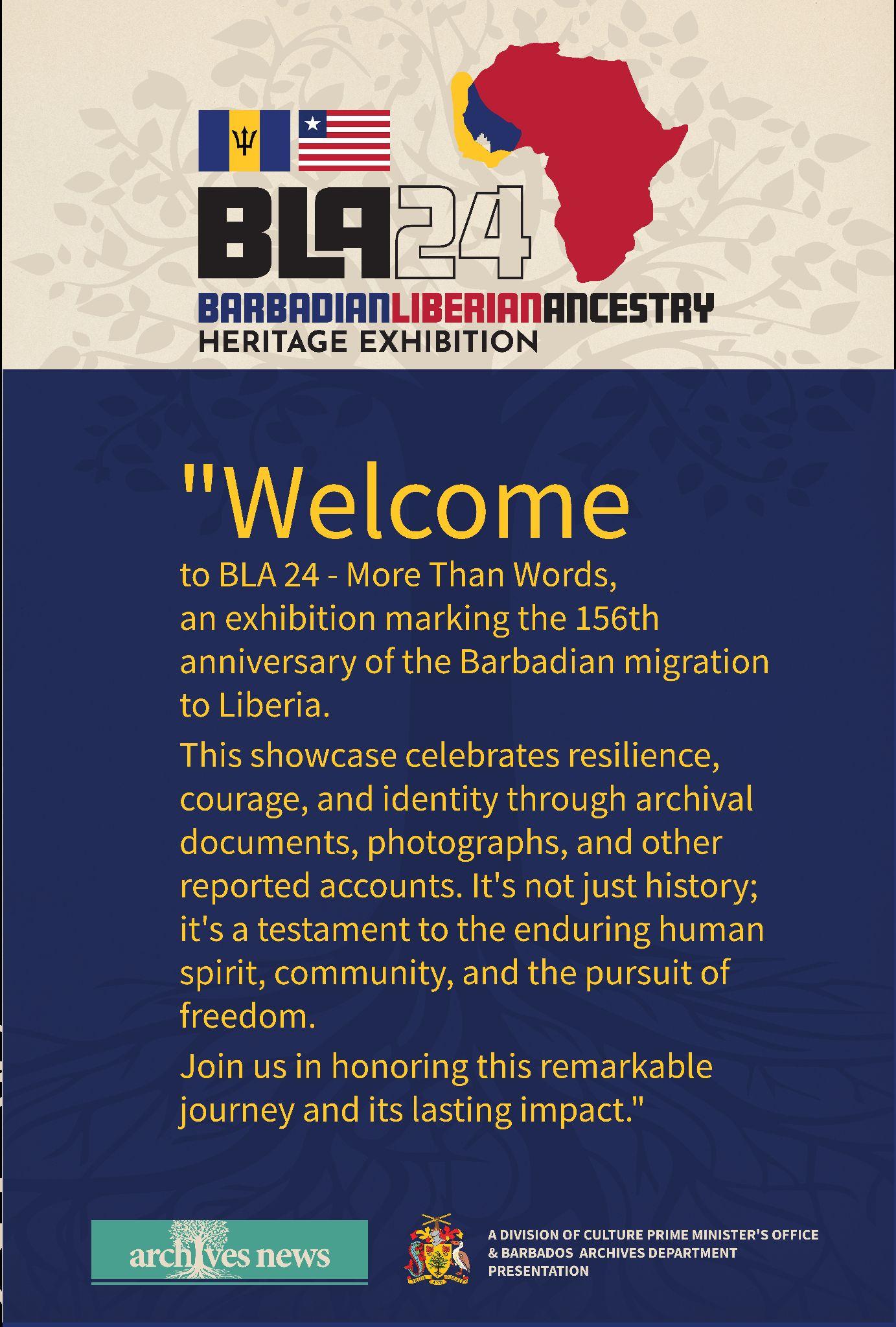
Welcome to this PDF document commemorating the 159th anniversary of the Barbadian emigration to Liberia!
We're delighted to have you explore this document, which contains valuable information, images, and insights into this significant historical event.
To make your experience seamless, here are some instructions on how to navigate through the document:

Table of Contents: If available, start by reviewing the table of contents to get an overview of the document's structure and content. This will help you locate specific sections or topics of interest quickly.
Page Navigation: You can navigate through the document swipe with one finger to the left to go forward and right to go backward. Or tap the screen and scrub on the line to move forward or backward.
Zoom In/Out: Adjust the zoom level as needed to enhance readability or to view images and text more closely. You may also use the “PINCH OUT” to Zoom feature (Using thumb and index finger) Or just rotate the tablet to landscape view.
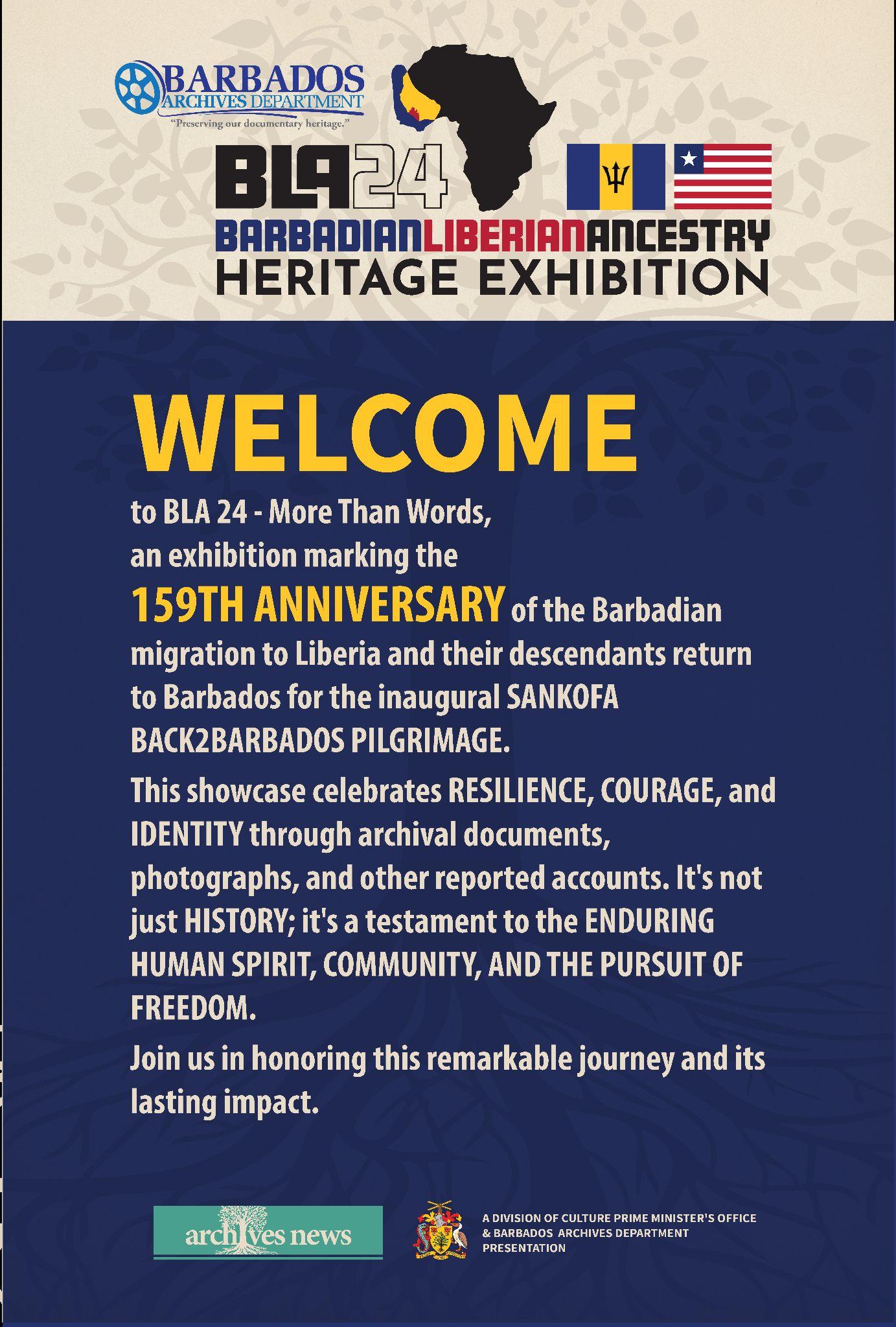
4 THE BACKDROP
What was Barbados like in 1865
12. A NEW LIFE
1864 Legislation makes it possible
13. THE JOURNEY
33 Days on boardThe Cora
15. THE 346
The original list of emigrants
22. A BREAKDOWN
Alook at the numbers and the occupations of all adults
23. THE 15TH PRESIDENT
Barbadian bornArthur Barclay
24. OTHER KEY PERSONS
Other civil servants of the day
25. CLIPPINGS FROM THE TIMES
Newspaper clippings
24. LIFE IN LIBERIA
From Monrovia to Bassa


CONTENTS
THE BACKDROP
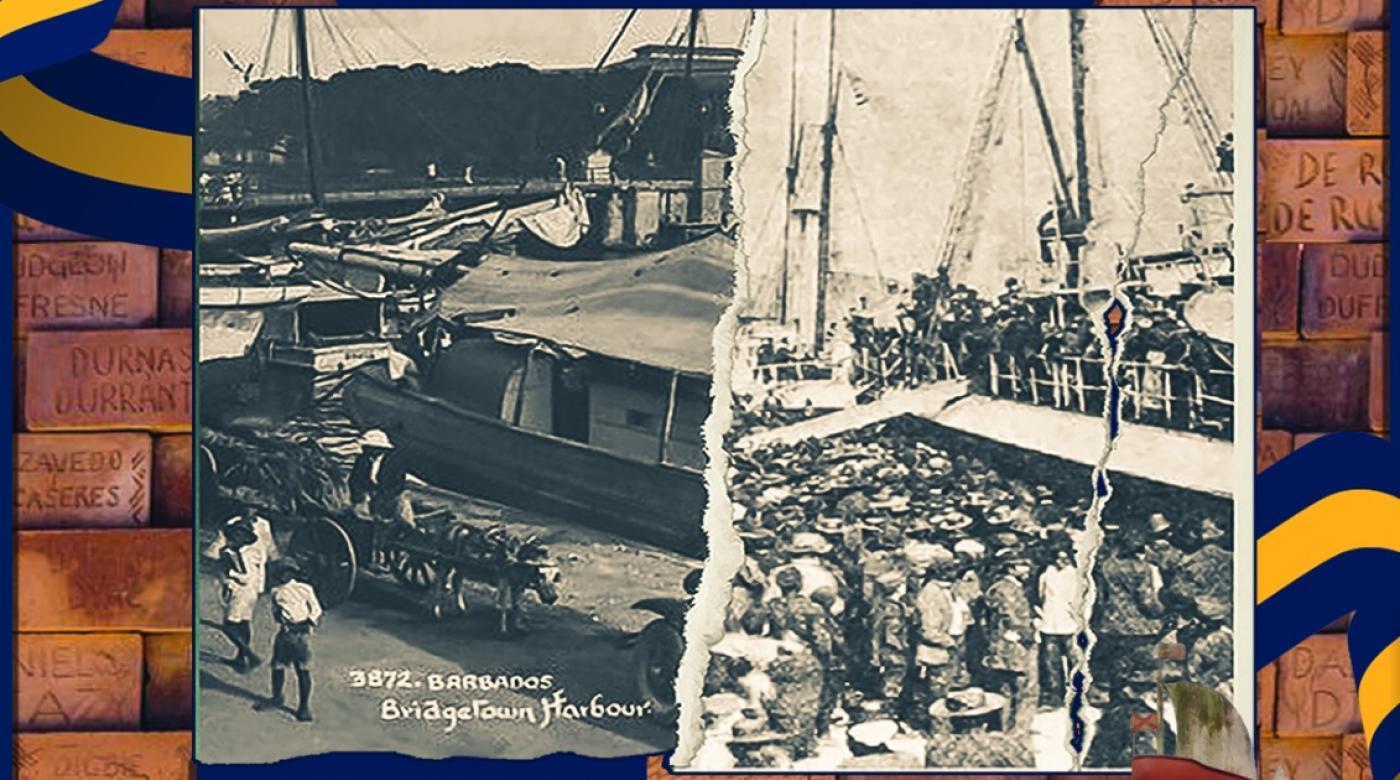
In April 1865, when 346Afro-Barbadians left Carlisle Bay bound for Monrovia, Liberia, they were leaving a British colonial outpost that offered limited opportunities because of the nature of the plantation system. That system, established incredibly early after settlement in 1627, was based on the cultivation of sugarcane to produce raw sugar and its bye-products of molasses and rum. By the 1860s, much of the arable land was still in sugar, forcing merchants to import food such as peas, flour, cod fish from the USA and Canada. At the same time, because of the emphasis on sugar agriculture, industrial goods such as clothing, toiletries and furniture had to be imported from Britain.


THE BACKDROP
This system had enormous implications for employment opportunities because it did not encourage non-agricultural employment. Even persons who worked as artisans, merchants’ clerks and dock workers were connected to the plantation system in a supportive role to operate the factories and to secure the expeditious exportation of sugar, rum and molasses. Barbados’ agricultural workers (44,700 in 1861) were paid one shilling six pence for much of the period from 1838 to 1938. For artisans, it was not much better, forcing an estimated 19,000 labourers to seek migration opportunities in British Guiana and Trinidad between 1838 and 1842. But this stream of migration was short-lived and Barbadians had to look elsewhere. Therefore, when opportunities came for organised migration to Liberia in 1865, as many as fifty families accepted the offer to venture to a country with opportunities for land ownership and cultivation.


THE BACKDROP
Land ownership for working class Barbadians was severely curtailed by the pervasive impact of the plantation system which monopolised the best agricultural land. With an economy heavily dependent on the sugar industry and despite the competition from European beet sugar sources, planters maintained their grip on the best agricultural soils and refused to sell. When plantations did collapse, forcing their sale, that was at an exorbitant price, way beyond what labourers could afford.
The fact that most of the arable land was in sugar cane also meant that much of the food for the island’s 152,727 people in 1861 had to be imported. While plantation owners and peasant famers did grow quantities of yams, sweet potatoes, eddoes and corn, food such as butter, flour, oats, herring and cod fish had to be imported and the combination of drought in the 1860s and theAmerican Civil War caused significant hunger and distress among the labouring classes.


THE BACKDROP
Not only was there a shortage, but the scarcity had a doubled-edged sword as workers’wages were not sufficient to allow the purchase of such commodities. Therefore, hunger and starvation characterised the experience of the labouring classes in the 1860s and found expression in riots, arson and industrial action reaching its crescendo in 1876, when a large revolt (Confederation rebellion) almost toppled the ruling elite.
Deplorable living conditions at the level of the free village and plantation tenantry explain why labourers eagerly sought migration. Their huts were small, overcrowded and ilapidated, generally the size of a modern-day bedroom, (10x12 or 12x16 feet), where families in excess of six persons lived.The chattel houses, designed in such a way that they could be dismantled, moved and re-assembled all in one day, did not produce healthy circumstances as leaky roof, rotting side boards and the absence of a flooring made life difficult in time of heavy rain or


THE BACKDROP
flooding. Bathroom facilities were located on the outside and though piped water reached the city in 1861, much of the rural folk received their drinking water from estate wells, springs and heavily polluted ponds. In the urban areas such as Jemmott’s Land, Nelson Street, Cheapside and Mason Hall Street, where houses were situated extremely close together, proper sanitation posed a major problem. In fact, approximately 11 years before that organised Liberian migration, cholera struck the island, killing 20,727 people within three months, representing one-sixth of the island’s population.The burial of such a large number of persons resulted in a complete breakdown of the public health care apparatus, as interments at the Indian River burial ground reached an astounding 311 in mid June 1854. Coffin makers could not keep pace; and some persons crippled with the disease were buried alive; grave diggers interred at just two feet, giving opportunity for the dogs to tear in the corpses.This tragedy,


THE BACKDROP
exacerbated by poor sanitation and lack of good drinking water, caused the authorities to move swiftly to introduce critical public health initiatives.
What made circumstances so distressing for the labourers was that there were limited opportunities to change their living and working conditions because of an electoral system based on property and income qualifications.The labourers’small, rented, dilapidated huts did not enable them to satisfy such qualifications, thereby securing their exclusion from the political process. In 1865, therefore, voting in national and vestry elections was solidly in the domain of a small group of people comprising of the planter-merchant class, several coloured people and a few free villagers. This placed the planters and merchants in the House of Assembly, where they dominated until 1951. This dominance allowed them to introduce and pass legislation for the support of the sugar industry and the police establishment. However, comparatively less was spent on


THE BACKDROP
sanitation, poor relief, education and health care.This inability to change their circumstances through the normal channels led invariably to strikes, arson and revolt at several junctures in the 19th century. For instance, there were labour revolts in 1854, 1863, 1872, 1876, 1895 and 1937. Not willing to confront the system in this way, some Barbadians grabbed the opportunity to migrate. Between 1863 and 1870, approximately 15,000 Barbadians migrated to British Guiana, Dutch Guiana,Antigua and St Croix, with a much larger movement of 40-60,000 persons to Panama between 1900 and 1914.
Those Barbadians who journeyed to Liberia and were welcomed by President Warner, immediately made an indelible impact on the direction of the country, serving at the highest level and helping to support the country’s civil service.
Longform written by Dr. Henderson Carter, Head of Department of History & Philosophy at UWI Cave Hill Campus.


A NEW LIFE
On February 16, 1864 anAct of the Legislature of the Republic of Liberia was passed which stated:
"An act authorizing the President to adopt measures to encourage emigration to Liberiafrom the West Indian Islands."
The President then sent a message for all of the West Indians ofAfrican Descent: “Now therefore, I, Daniel Bashiel Warner, President of the Republic of Liberia, do hereby declare and proclaim to the descendants ofAfrica throughout the West Indies, who may be desirous to return to their fatherland and assist in building up anAfrican Nationality, that the Government and people of this Republic are anxious to welcome them to these shores.Agrant of twenty- five acres of fresh fertile land will be made by the Government to each family and of ten acres to each single individual. Persons of all classes and pursuits are invited, Mechanics and Merchants, SchoolTeachers, Physicians, Ministers, Farmer,s Laborers, etc.The demand in this new and growing country for persons skilled in all the professions and in every branch of industry is unlimited. BRETHREN OF THEANTILLES!
We are one in origin and destiny.”- Daniel Bashiel Warner, March 1st 1864


THE JOURNEY
On Thursday,April 6th 1865 at 5:00 pm the Cora set sail captained by Captain Henderson. This Journey took 33 days and there were no deaths or serious illnesses. They arrived on May 10th 1865.
This was the biggest mass migration to Liberia from Barbados at this time as the ship was arranged to take up to 320 passengers since there were only 320 berths onboard; yet at roll call in Bridgetown, 333 persons were on board; but the Captain landed 346 persons at Monrovia; being 26 more than was arranged should go; 26 more than berths had been provided for on board; and 13 more than had answered to their names when called prior to the sailing of the vessel.


THE 346


THE EMIGRANTS
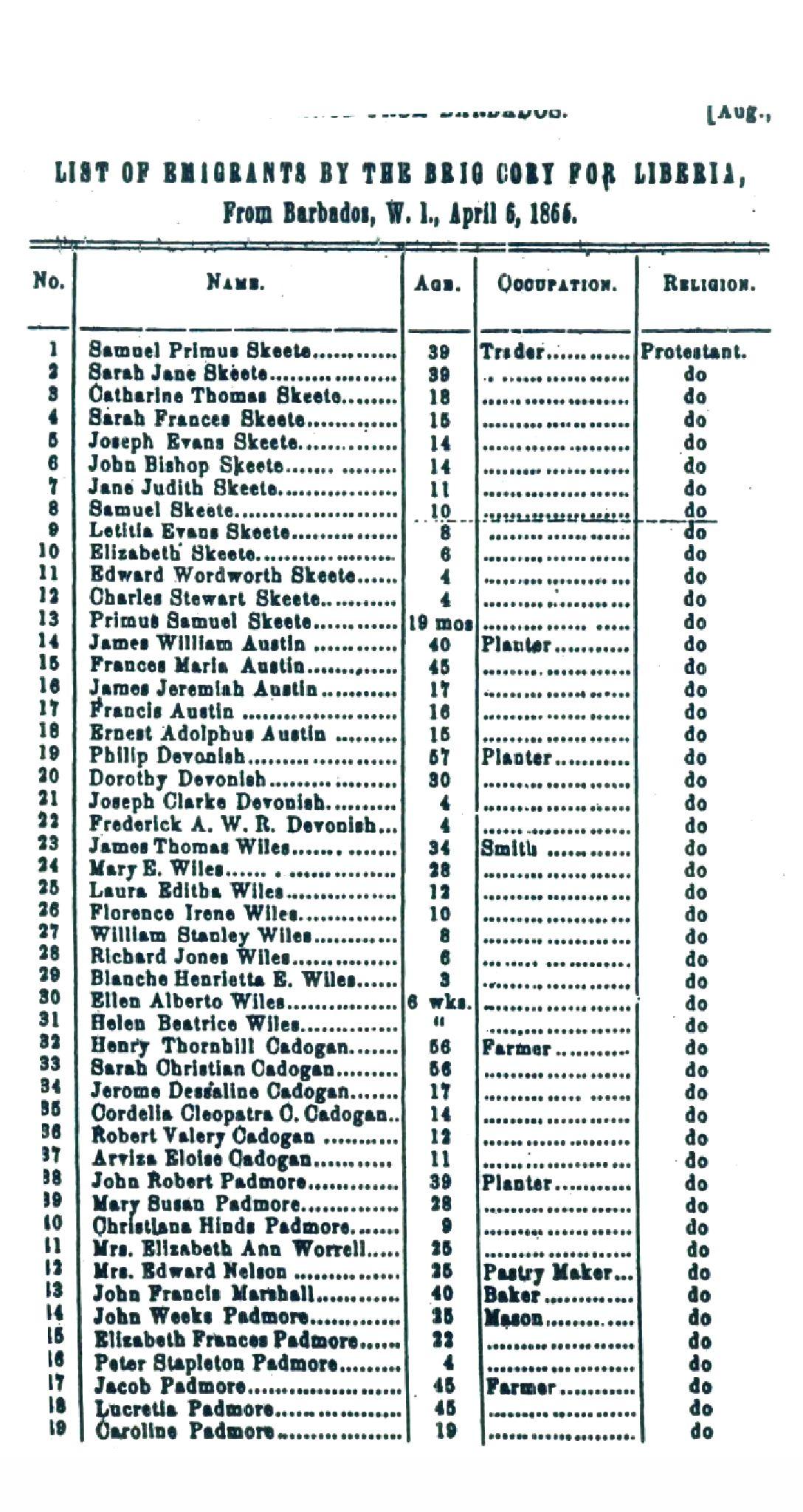


THE EMIGRANTS
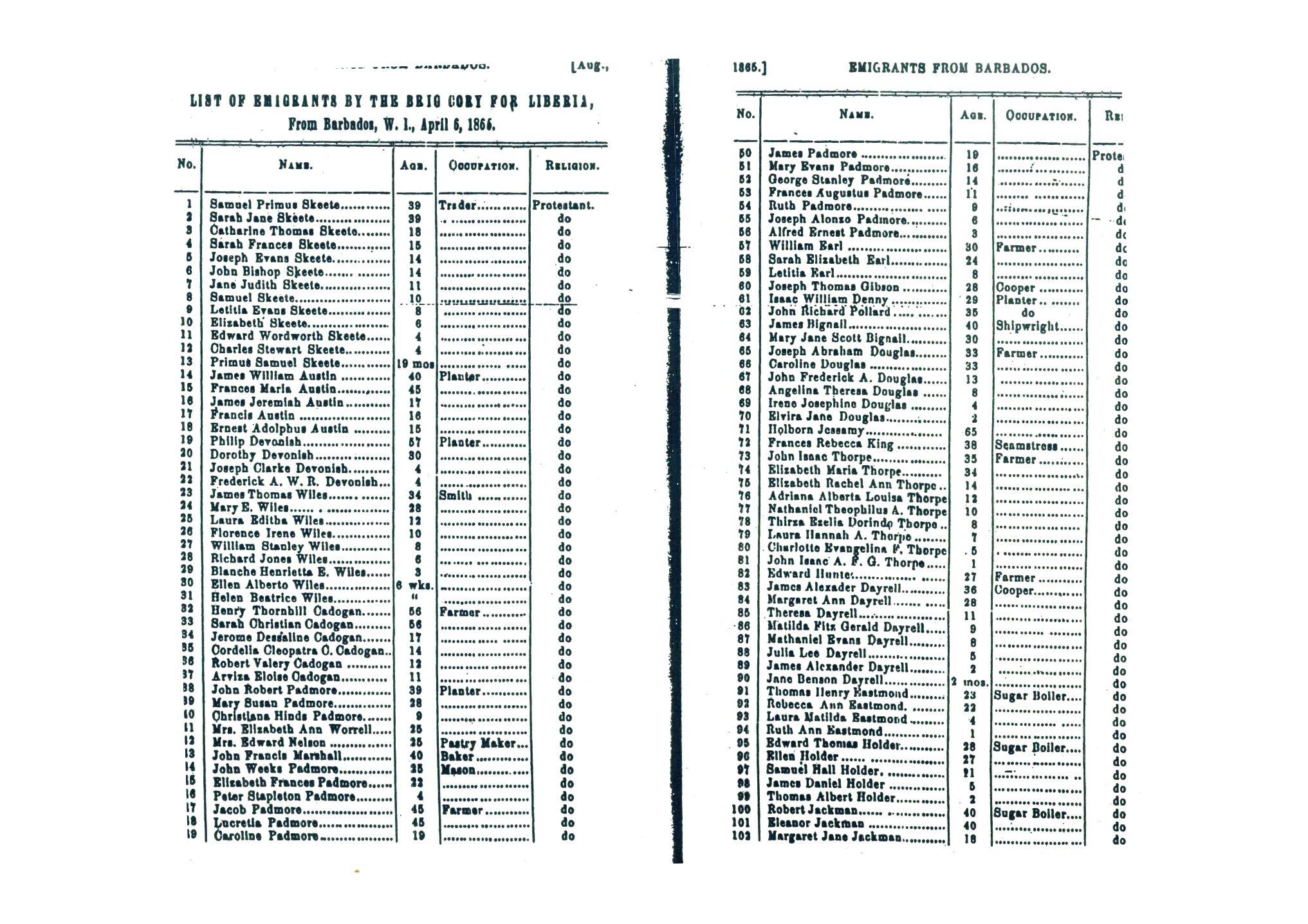


THE EMIGRANTS
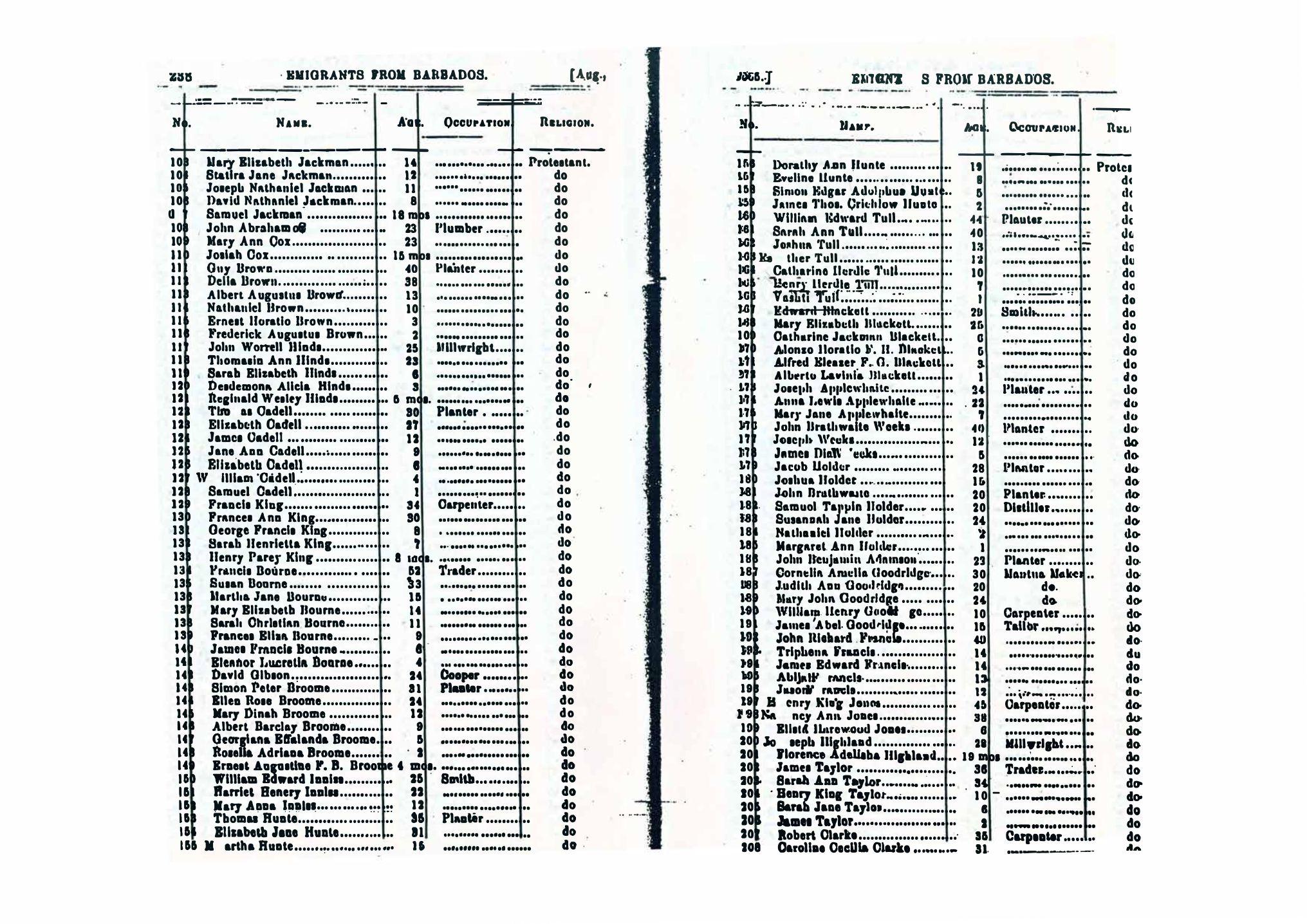


THE EMIGRANTS



THE EMIGRANTS
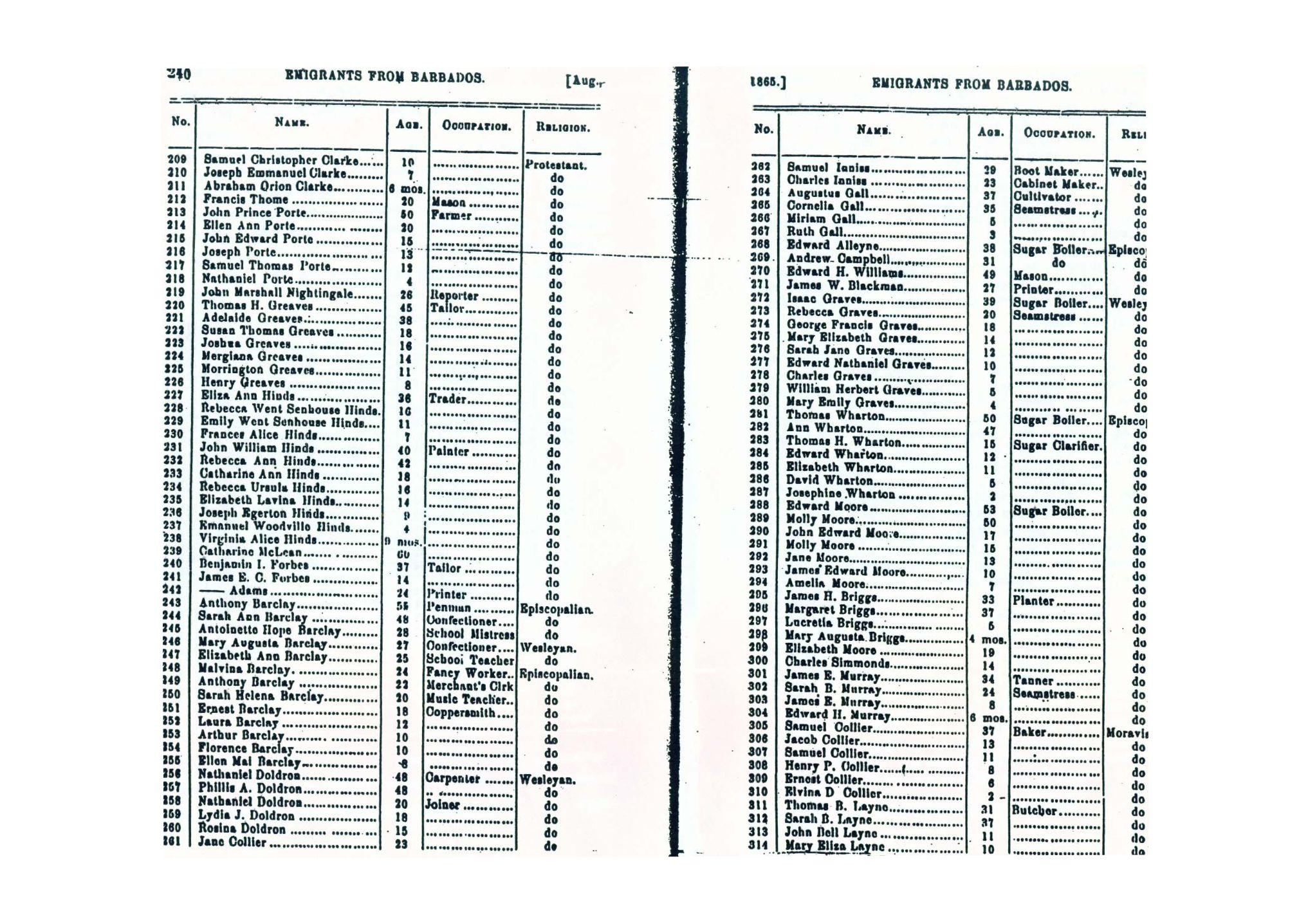


THE EMIGRANTS



THE EMIGRANTS
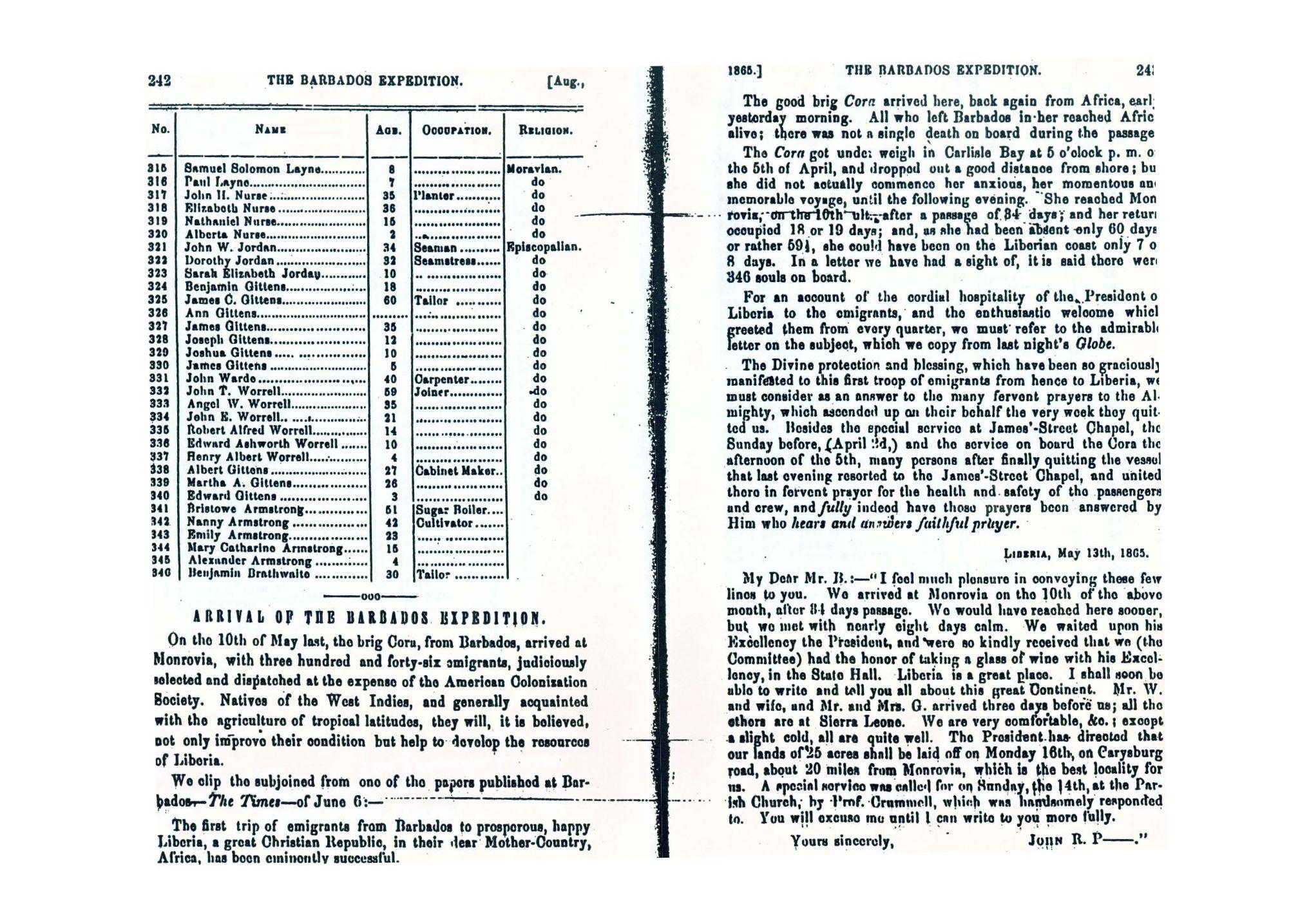



A BREAK DOWN
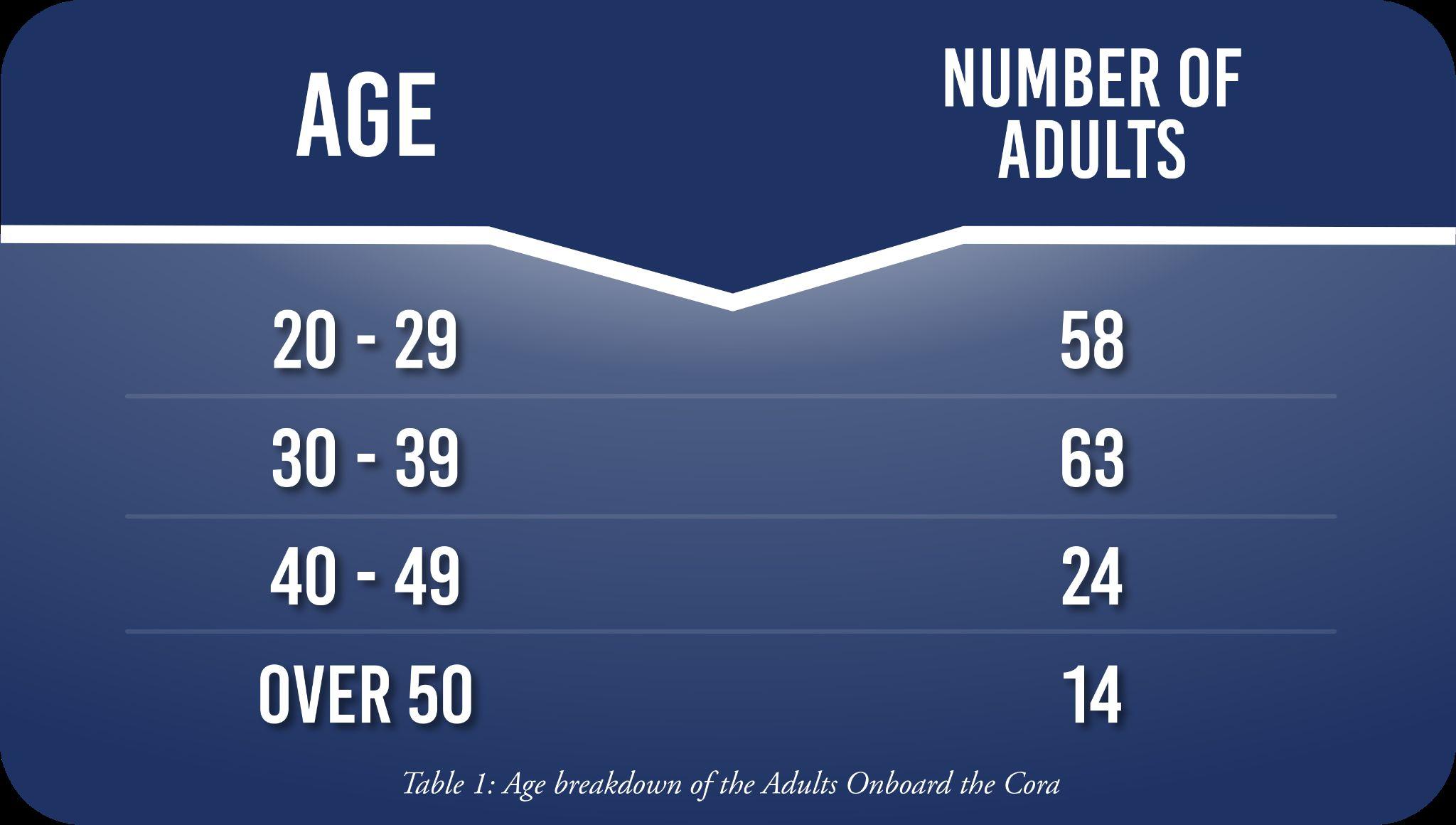
Among the 346 passengers there were a wide variety of persons in both age and profession. 231 out of the 346 passengers were children while the remainder were adults of various ages as seen inTable 1.
Majority of the occupations of the Barbadian emigrants were agricultural and artisanal but there were also: Agricultural occupations: Planter, Farmer, Sugar boilers, Sugar clarifier, Distiller, Millwright
Artisanal occupations: Blacksmith, Coopers,Tanner, Mason, Carpenter, Joiner, Cabinet maker
Other occupations: Tailor,Teacher, Confectioner Seamstress, Boot Maker,Trader, Plumber, Baker, Butcher, Shipwright, Printer, Reporter.


BARCLAY - 15th PRESIDENT OF LIBERIA
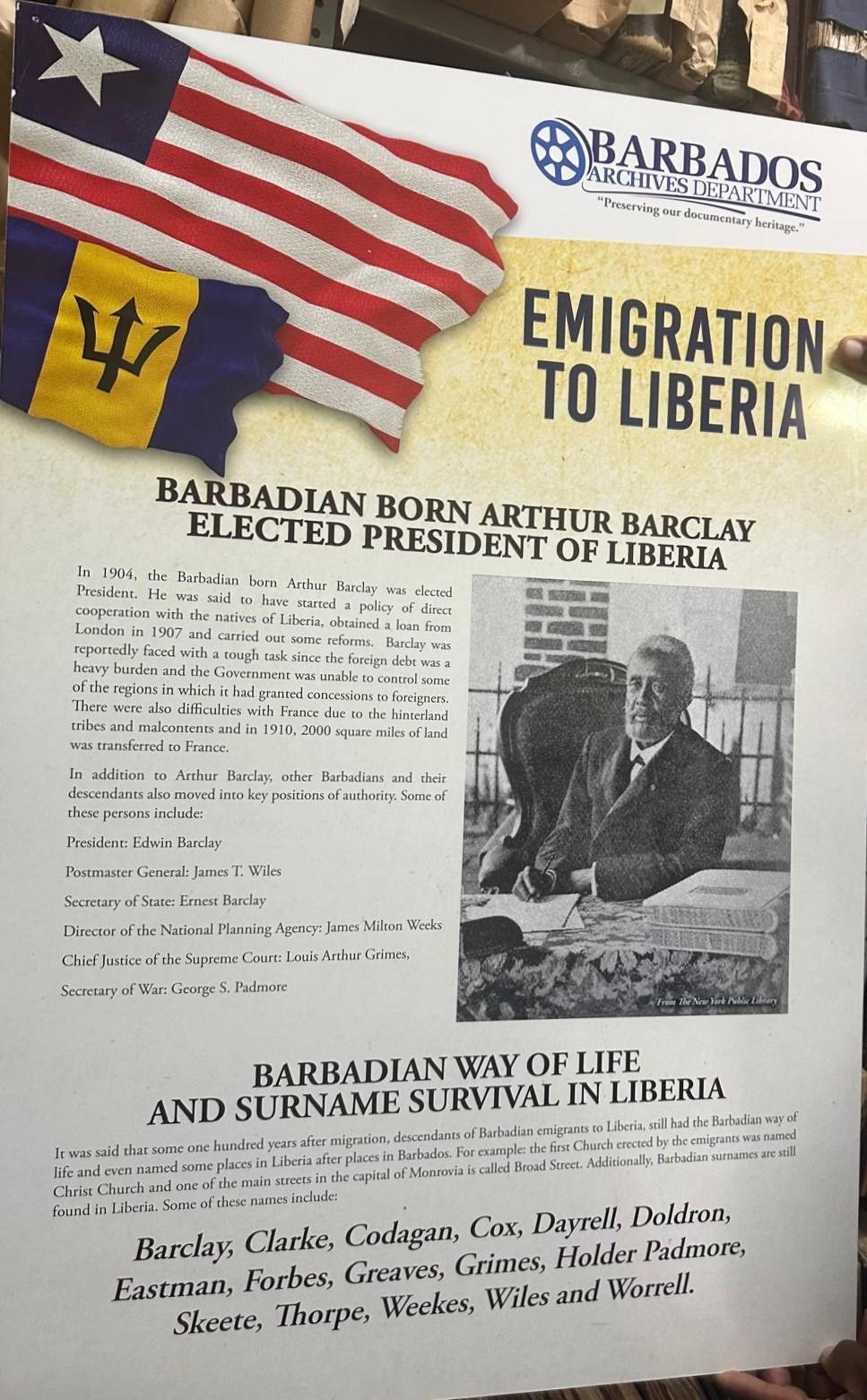
In 1904, the Barbadian bornArthur Barclay was elected President. He was said to have started a policy of direct cooperation with the natives of Liberia, obtained a loan from London in 1907 and carried out some reforms. Barclay was reportedly faced with a tough task since the foreign debt was a heavy burden and the Government was unable to control some of the regions in which it had granted concessions to foreigners.There were also difficulties with France due to the hinterland tribes and malcontents and in 1910, 2000 square miles of land was transferred to France.
SOME OF THE OTHER KEY PERSONS
Other Barbadians and their descendants also moved into key positions of authority.
Some of these persons include:
Postmaster General:
James T. Wiles
Secretary of State:
Ernest Barclay
Director of the National PlanningAgency:
James Milton Weeks
Chief Justice of the Supreme Court:
LouisArthur Grimes, Secretary of War:
George S. Padmore


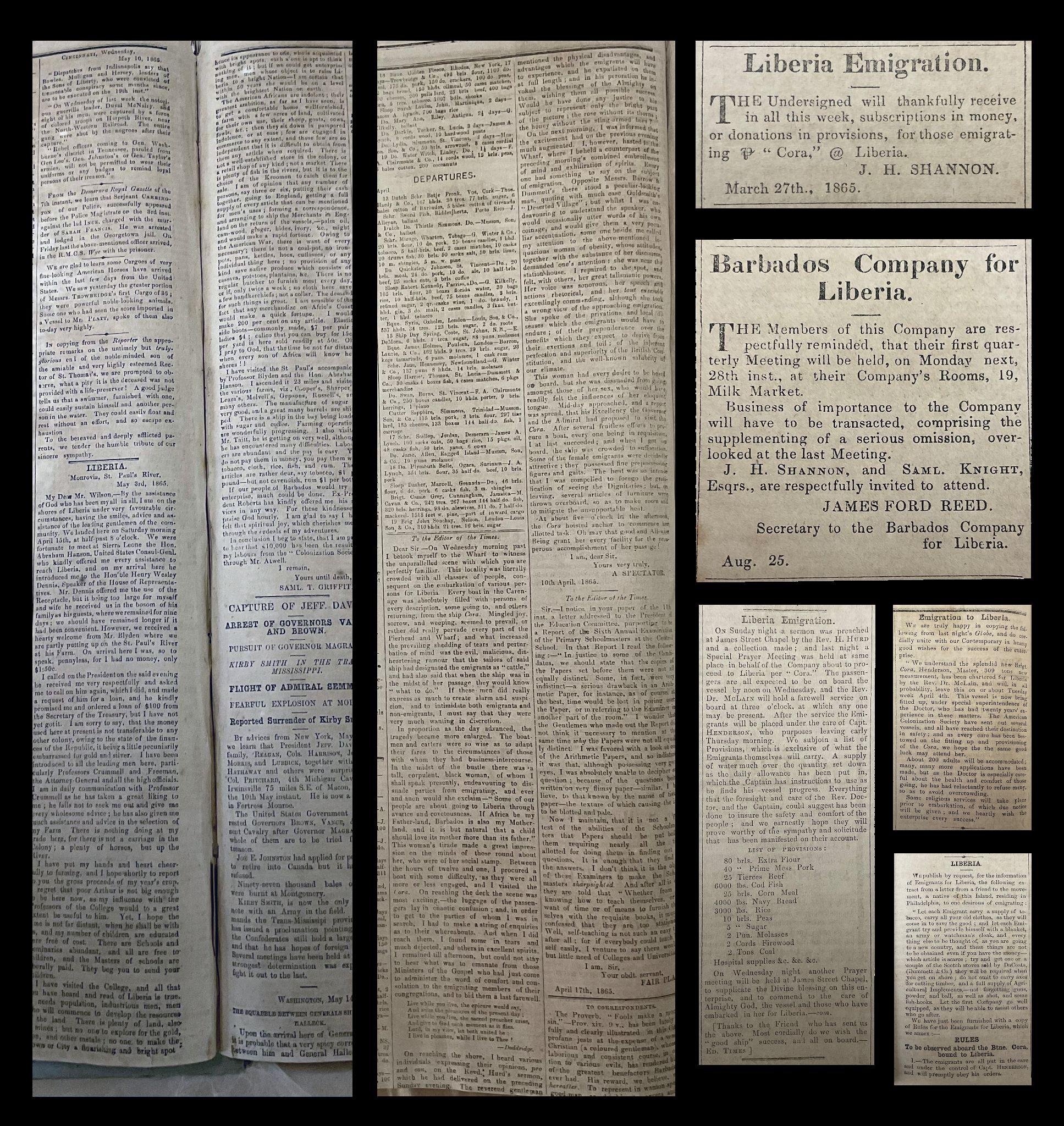




LIFE IN LIBERIA
After arriving in the Monrovia, the capital of Liberia, the Barbadian emigrants had located an area 20 miles away from the capital near the St. Paul’s River which had great potential for settlement.
Unfortunately, along the way at least 20 of the 346 emigrants died from what was described as a “prevailing fever” which was most likely yellow fever. Despite this, Anthony Barclay and JamesT. Wiles led the remaining emigrants and began to create a community which was eventually called Crozierville, named after John P. Crozier and his brother, Dr. SamuelA. Crozier who were instrumental in making the emigration a success.
The area where they settled was a large forest full of wild animals they had never seen before and not all the emigrants were willing to build up a community from the ground up especially those who had no agricultural experience so some persons such as the Wiles family ventured into Monrovia and some of the Barclay…


LIFE IN LIBERIA
family moved to Bassa. Out of the 346 persons who emigrated 260 settled at Crozierville and were doing well as they stayed and cultivated the land and built up a community.They eventually started the Barbados LiberianAgricultural Society and shipped their produce from four acres of arrowroot and 10 acres of ginger to the U.S.A.
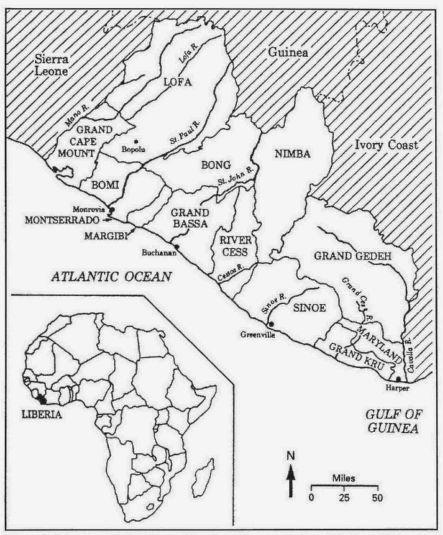




THANK YOU
Here's to celebrating our achievements together and to the many more successes that lie ahead.
Thank youALLfor your incredible efforts and for making a difference in this project.
















